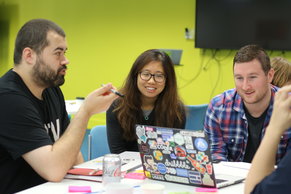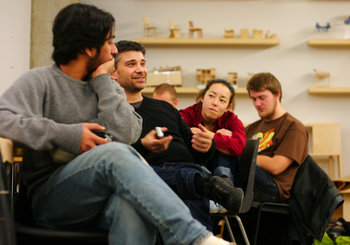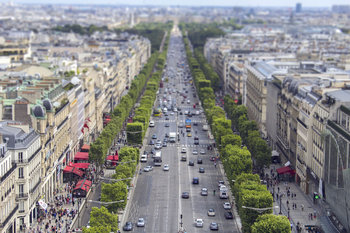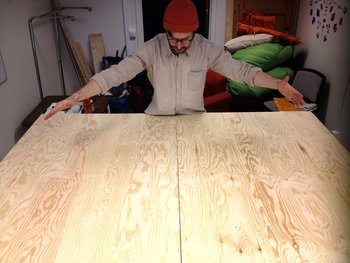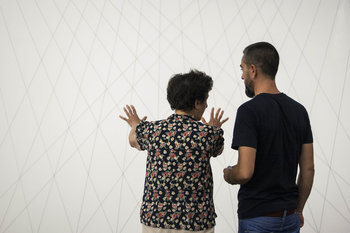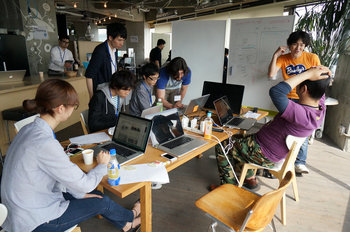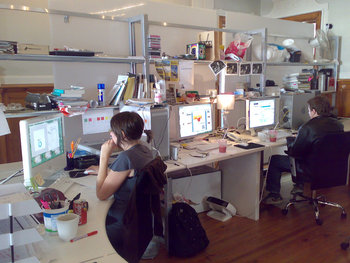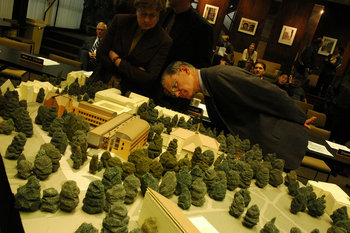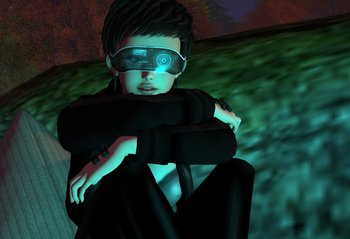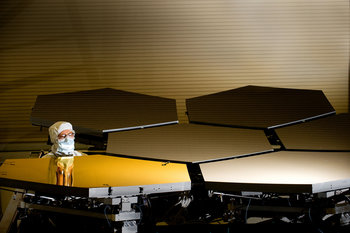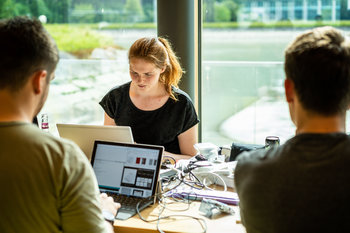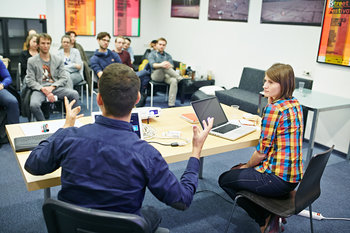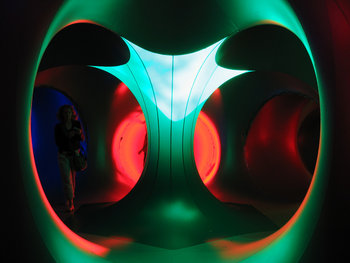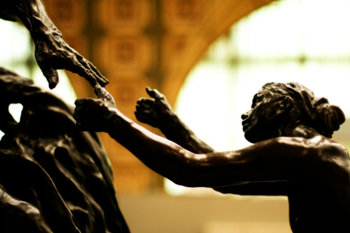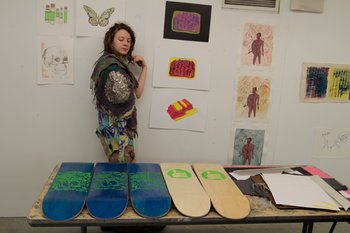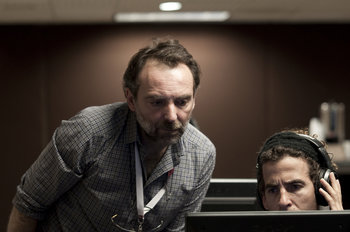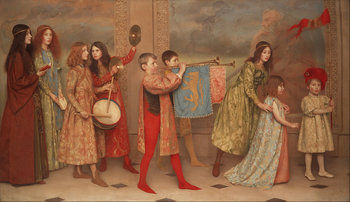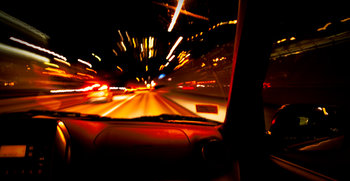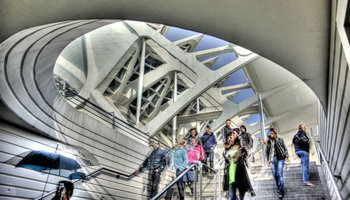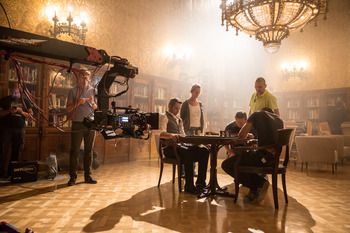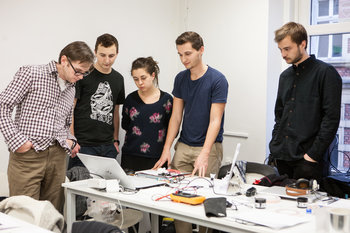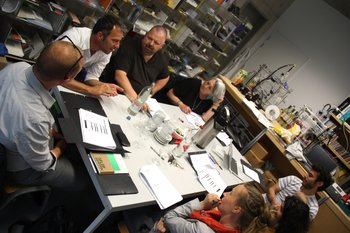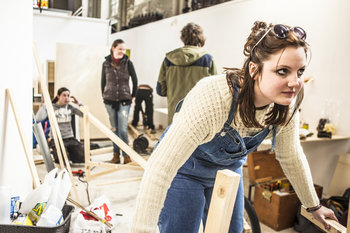
Bespoke
Designs that emerge from customer requirements in close consultation with the customer. The seller provides the skills required to design the item and the customer drives the design. This is a resource intensive process that is expensive.Mass Customization
Giving customers self-service design tools and producing items at scale on a production line. This allows a custom design to be relatively inexpensive.Lead Users
Identifying your customers that are pushing your products to their extreme limits and engaging them to drive design.Contests
Design competitions that are open to the public.Desire Paths
Business experiments that allow customers to take their own path. For example, a restaurant that opens with no menu that simply asks customers what they want. This can be used to design a popular menu by using each order as a vote.| Overview: Customer Design | ||
Type | ||
Definition | The process of allowing customers to design their own products and services. | |
Related Concepts | ||

